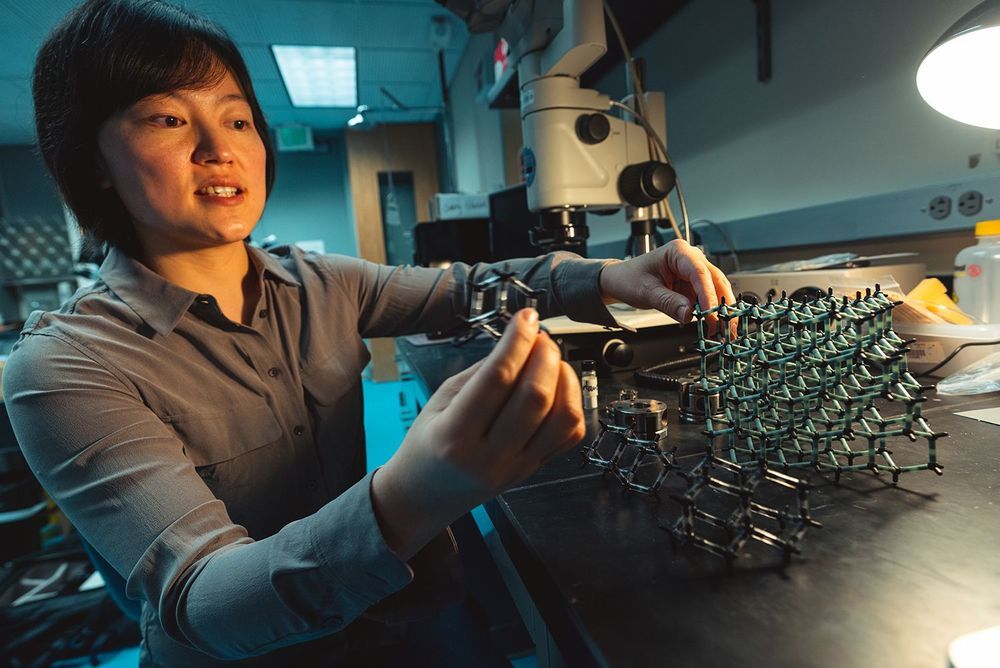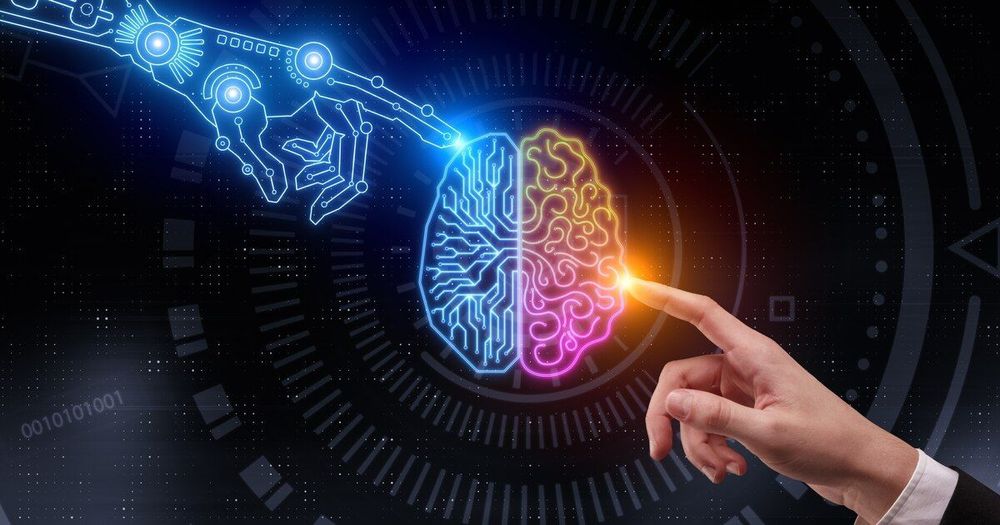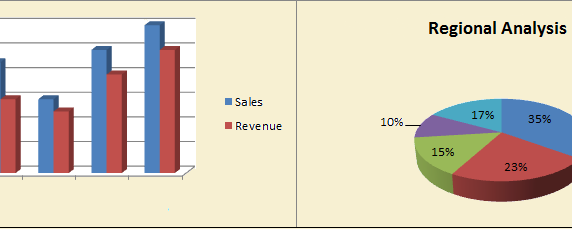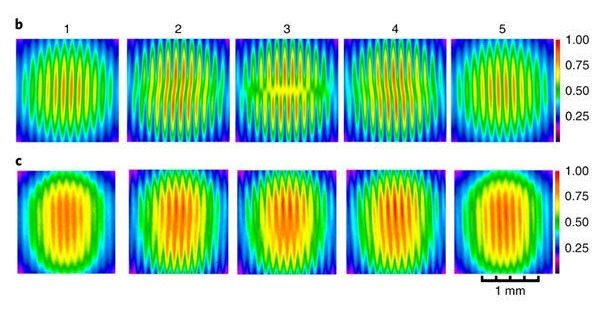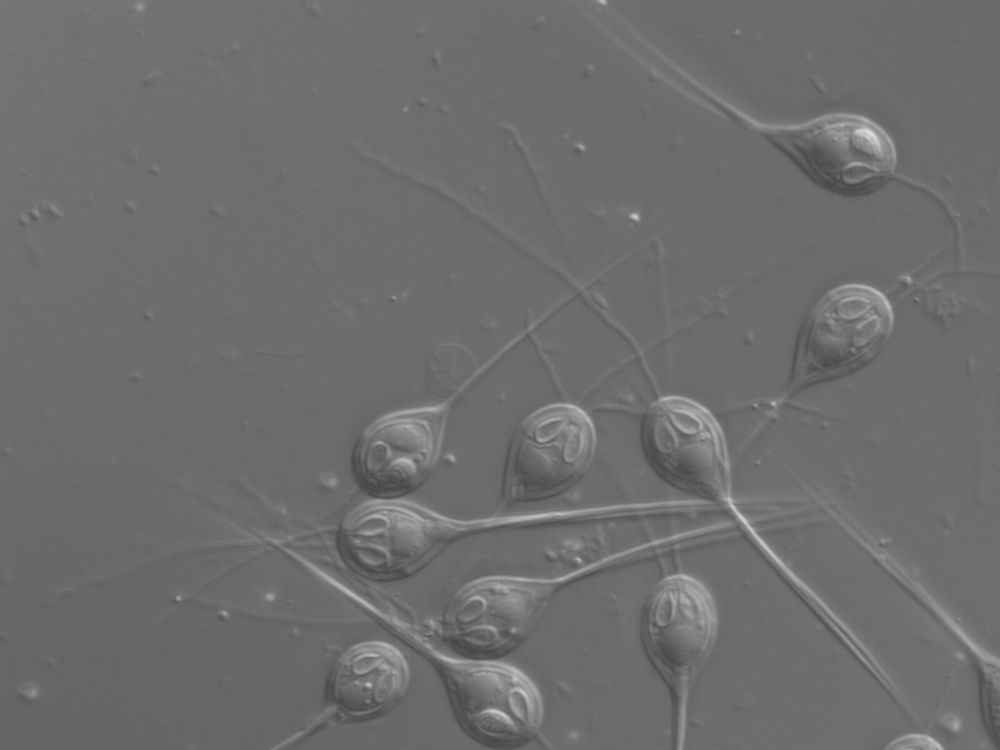Research that investigates the mechanisms behind diamond formation, and uncovers new ways to produce synthetic forms of the unique stone, could mean big things, and not just for the coffers of jewelers around the world. A new type of artificial diamond developed by scientists at Stanford University sheds yet more light on this high-pressure production process, with a molecule found in crude oil and natural gas serving as their starting point.
Conventional diamonds take shape hundreds of miles beneath the Earth’s surface, under extreme heat and pressure that causes carbon to crystalize into the valuable stones. The ones we see above ground were shot upwards towards the surface through volcanic eruptions millions of years ago.
Scientists have spent decades tinkering with different ways to turn various materials into synthetic versions, with diamond giant De Beers even getting in on the act. These methods, however, have generally involved massive amounts of energy and require catalysts to trigger the transformation. The researchers at Stanford’s School of Earth, Energy & Environmental Sciences set out to find a simpler way of doing things.
